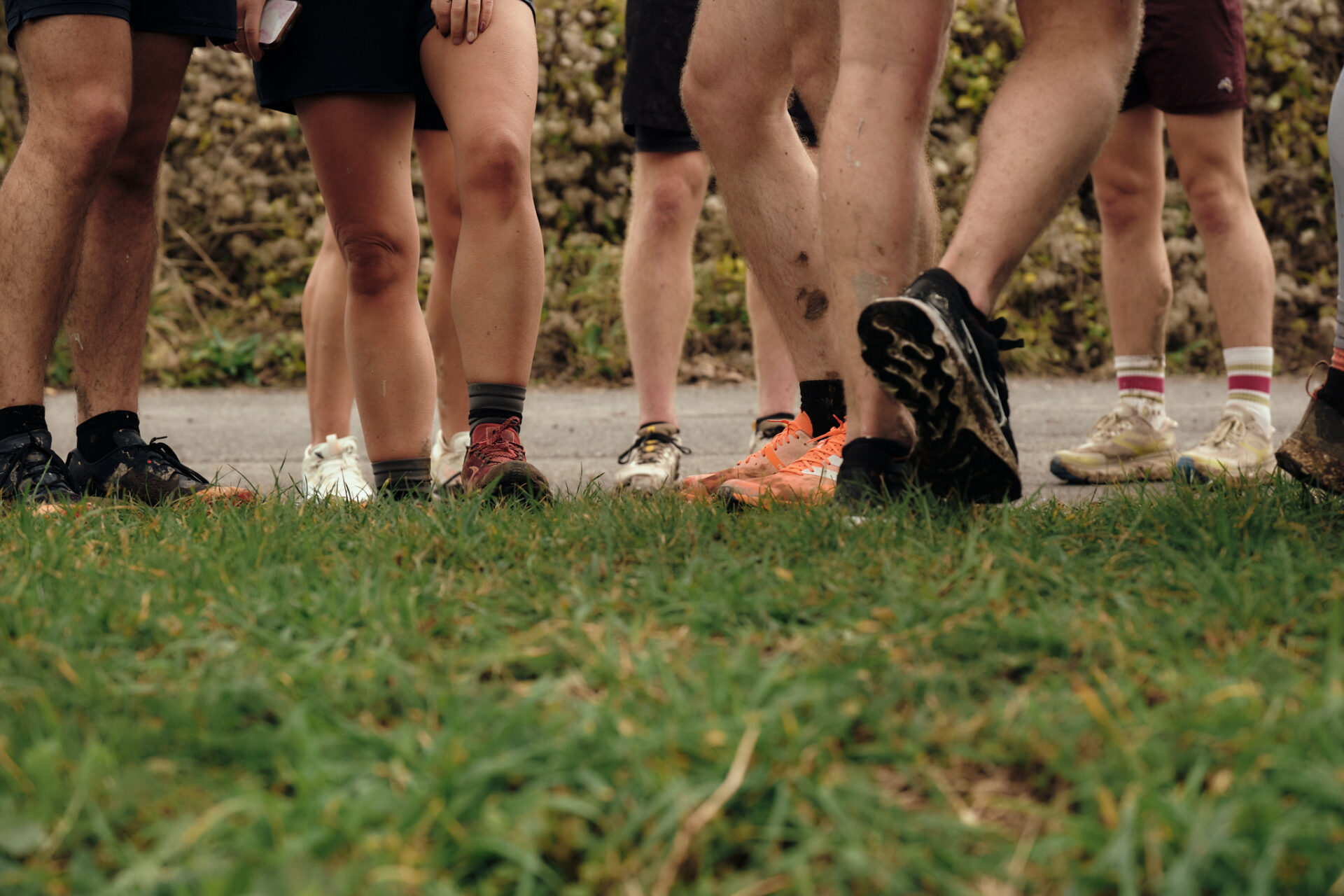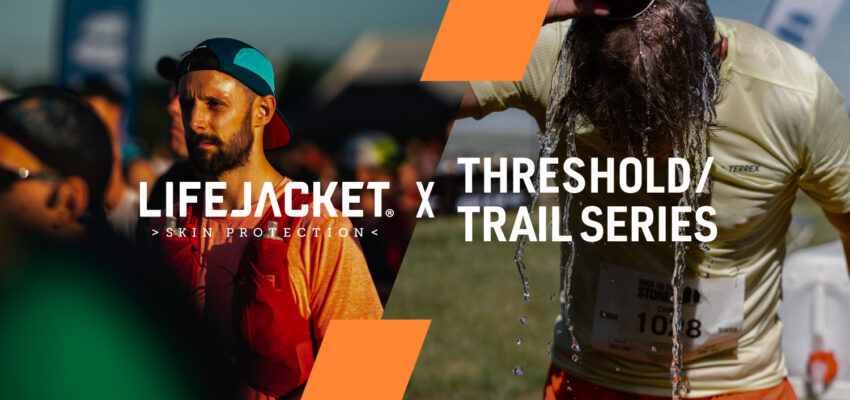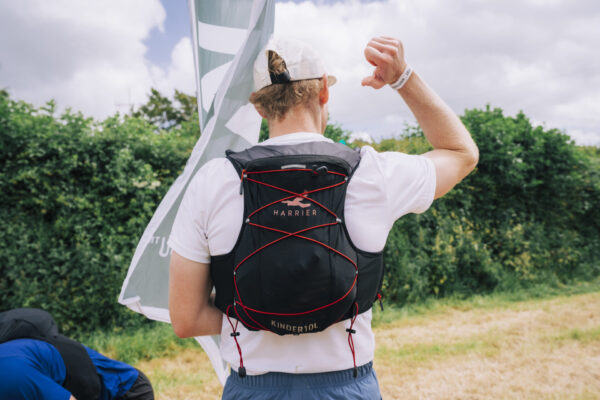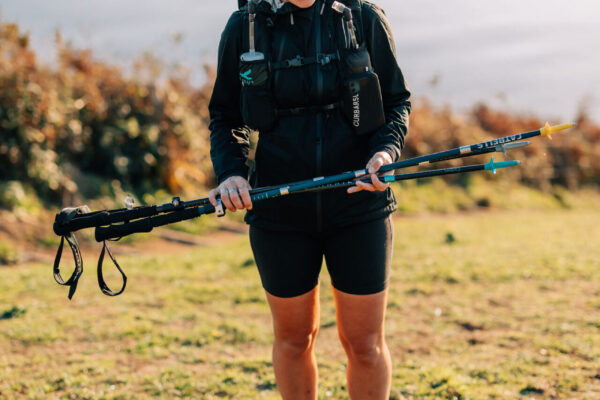We’re delighted to be working with LifeJacket Skin Protection as our new Official Skin Protection Provider. We believe skin protection is just as fundamental as nutrition, hydration and kit choice when it comes to having a successful day out on the trails.
Here are LifeJacket’s top tips on maintaining long-term skin health. This guide is season-agnostic, so take action now and make skin protection an everyday habit, regardless of what the weather is up to.
FIRST PRINCIPLES
External aggressors like harsh, cold weather, dry or hot air, ultraviolet light, pollution, smoke and stress attack your skin every single day. Especially if you’re a year-round runner.
These aggressors cause skin damage. Damage could be anything on a spectrum from wrinkles, dryness, redness, itchiness or sensitivity, all the way to skin cancer (and thousands of other things in between).
Your skin is the body’s first line of defence and it needs help to repel these aggressors. For us, that comes in the form of skin protection. It isn’t skin care without skin protection.

NEVER FORGET SUNSCREEN
UV is responsible for 80% of premature skin ageing and 90% of melanoma skin cancers.
Here’s the important bit of science most people don’t realise: UVA in particular reaches your skin every single day and in equal measure throughout the year. It also accounts for 95% of the UV that reaches us on earth. So, as long as it’s light outside, UVA hits your skin – even through cloud and glass.
UVA penetrates the deeper layers of the skin meaning you can’t see the damage. It contributes to premature skin ageing and wrinkling by damaging the natural proteins under the skin’s surface. These proteins keep the skin tight and strong but, when damaged, can’t provide the same structural support. For a long time, it was thought that UVA couldn’t cause any lasting damage other than these cosmetic changes but studies strongly suggest UVA enhances the development of skin cancers because the rays also cause DNA damage in the skin.
Given UV is ever present, the temperature outside or time of year doesn’t matter. So, for any outdoor runs – any time of year – use a good sunscreen before heading outside on all exposed skin. We recommend a minimum of SPF 30 and the European ‘UVA’ kite mark (or UVA 4-5*). Reapply every two hours and don’t forget your lips, nose, back of the neck and ears – commonly missed spots where runners often burn.
If you care about your health, this is a really important part of your gear.
IS YOUR KIT UPF?
Another way to protect the skin is by wearing a physical barrier that blocks attack i.e. clothing.
But beware – not all fabrics are created equal. For example, a white cotton t-shirt is the equivalent of SPF 5 and you could feasibly experience invisible skin damage through it. Ultraviolet Protection Factor (UPF) is to fabrics what SPF is to sunscreen. It’s a measure of how much UV protection the fabric provides.
Denim is UPF 1,700 so it’s super protective but we’re not sure we could persuade you to attack that last hill climb, in the middle of summer, wearing your favourite 501s. Look out for UPF 50+ active and running wear. It’s a good option if you don’t like running with cosmetic creams on your skin.

PROTECT YOUR BONNET
It might get hot but your head’s a sitting duck under strong sun. That’s even more true to all the men out there who are bald or have a close cut on top.
Wear a beanie or cap. There are breathable, lightweight, UPF 50+ variants out there. It’s a whole lot better than a sunburnt head or sun stroke.
WEAR SUNGLASSES MORE OFTEN
For the same reason it’s ideal to protect your skin from UV every day, we should probably all wear sunglasses more often than you think.
UV levels can be high even on a cloudy day. Sunglasses with UV400 protection (or which have the CE kite mark) are a critical piece of kit. Avoid low quality lenses which can cause more harm than good.
COMBAT WINTER SKIN
A little known fact is that winter is the worst time of year for people who suffer from outbreaks but there’s no reason you can’t get that summer-skin-feel all year round, with some basic management.
The skin’s top layer is called the epidermis. It’s a waterproof barrier between your body and the big wide world. It’s the skin layer where drying takes place. And this is key.
Healthy skin contains c.30% water. Each day, it loses about one pint. Winter presents a problem because humidity is low both inside and out, and the water content of the epidermis tends to mirror atmospheric humidity. So, as humidity drops, water loss increases because dry air pulls moisture from the skin.
When the skin’s water content drops below 10%, dryness, flaking and itching begins. This leads to redness, cracking and inflammation: all signs you might personally recognise of weathered, winter skin.
To manage winter skin, we suggest the following: moisturise (even more) regularly, stick a humidifier by your desk, have warm (not hot) showers, use soap-free products because soap is drying and strips your natural oils and drink water (see later).

SKIN RECOVERY
Help your skin repair and recover after a long day outside.
Try to shower as soon after your run as possible to avoid pores getting clogged. After a shower, slap on a good moisturiser to re-seal and hydrate the outer barrier.
Moisturisers can do two things depending on their ingredients: form a layer to block water leaving or try and add water to the epidermis. Applying straight after a bath or shower seals in moisture while your skin is damp. Don’t forget about your hands and body – they definitely won’t say no to a daily layer of added moisture.
This one is more about looking and feeling better but that doesn’t make it any less important.
HYDRATION
This one’s simple.
Maintain cellular moisture from the inside out and drink up. Especially during winter when more dry skin is common and you might be drinking less because you’re likely to be less thirsty/sweat less.




















